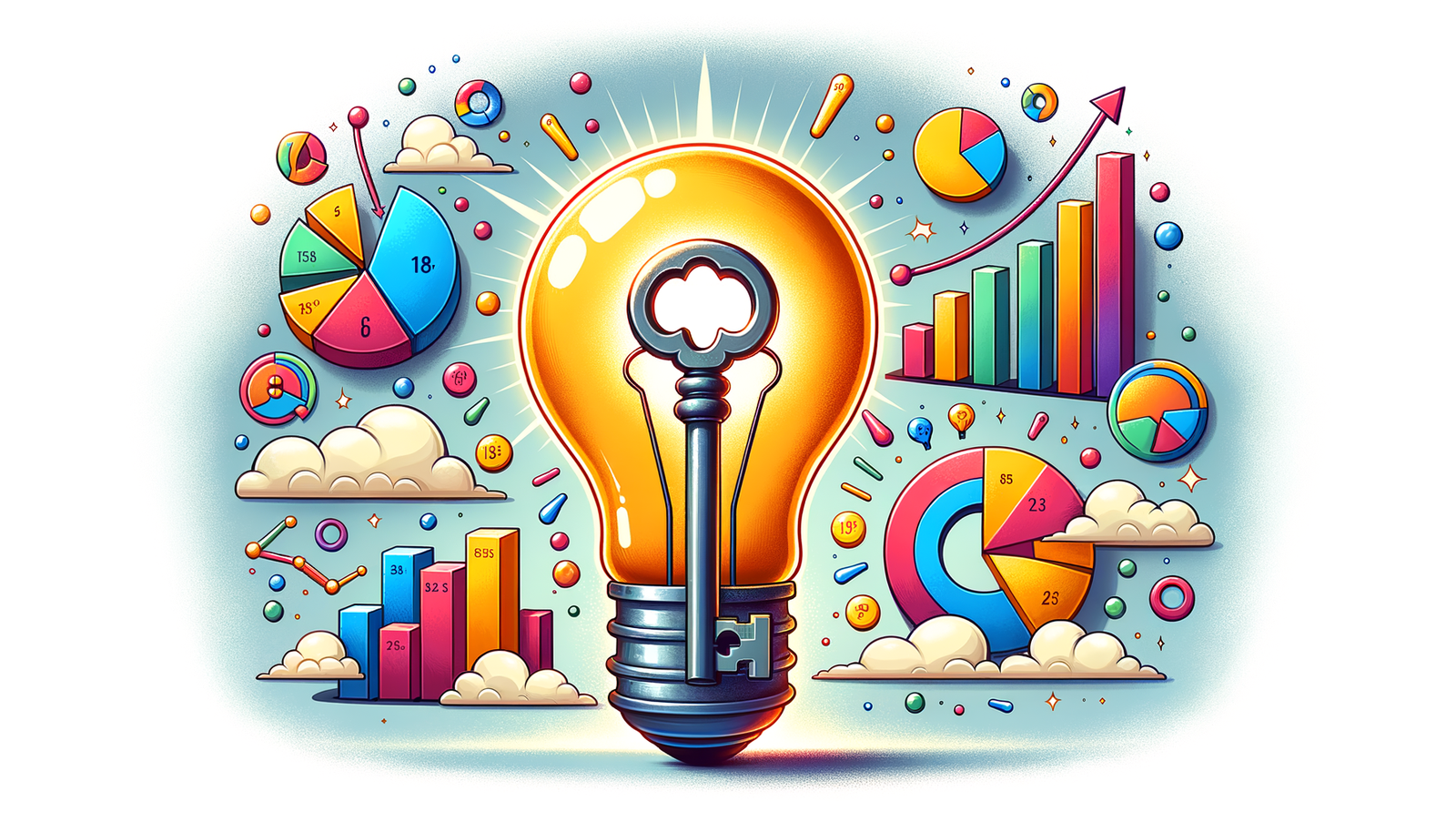Your Cart is Empty
Customer Testimonials
-
"Great customer service. The folks at Novedge were super helpful in navigating a somewhat complicated order including software upgrades and serial numbers in various stages of inactivity. They were friendly and helpful throughout the process.."
Ruben Ruckmark
"Quick & very helpful. We have been using Novedge for years and are very happy with their quick service when we need to make a purchase and excellent support resolving any issues."
Will Woodson
"Scott is the best. He reminds me about subscriptions dates, guides me in the correct direction for updates. He always responds promptly to me. He is literally the reason I continue to work with Novedge and will do so in the future."
Edward Mchugh
"Calvin Lok is “the man”. After my purchase of Sketchup 2021, he called me and provided step-by-step instructions to ease me through difficulties I was having with the setup of my new software."
Mike Borzage
Unlocking Innovation in Design: The Critical Role of Data Visualization
June 05, 2024 2 min read


Introduction to Data Visualization in Design
In the realm of design, the ability to effectively visualize data has become a cornerstone for driving innovation and enhancing decision-making processes. The importance of data visualization in design cannot be overstated, serving to bridge the gap between complex data sets and actionable insights. Tracing its roots back to the early days of computer graphics, the evolution of data visualization tools within design software has mirrored the advancements in technology, growing both in sophistication and accessibility.
At its core, data visualization involves the graphical representation of information to see and understand trends, outliers, and patterns in data. In design projects, this often encompasses a variety of data types, including quantitative, qualitative, spatial, and temporal data, each offering unique insights into the design process.
Tools and Techniques for Effective Data Visualization
The landscape of design software boasting integrated data visualization features is both broad and varied, encompassing a range of applications from Adobe Illustrator for graphic designs to SolidWorks for engineering projects.
The selection of specific data visualization tools and their applications is crucial for the articulation of design concepts and the execution of design decisions. Among these tools, the following are noteworthy:
- Graphs and charts for statistical representation, fundamental for analyzing user behavior or market trends.
- Heat maps to highlight high-stress areas in product designs, indispensable in engineering and industrial design.
- Flow diagrams, especially relevant in architectural and engineering contexts, for mapping out process flows and system hierarchies.
Choosing the right visualization tool depends greatly on the specific phase of the design process and the objectives at hand, demanding a thoughtful consideration of the capabilities of each tool.
Enhancing Design Decisions Through Data Visualization
Illustrating the power of data visualization in the design process, numerous projects have seen significant benefits from its application. Data visualization aids in various aspects of design, notably in:
- Improving product usability through detailed user data analysis.
- Enhancing the aesthetic appeal of designs by employing color and pattern data effectively.
- Optimizing engineering solutions with insights drawn from performance data.
By incorporating data visualization early in the design process, designers can ensure a more informed and evidence-based approach to decision-making, ultimately leading to superior design outcomes.
Future Trends and Advancements in Data Visualization for Design
The horizon for data visualization in design is expansive, with emerging technologies like AI and machine learning poised to redefine the boundaries of predictive analysis and decision-making. These advancements promise to make real-time data visualization a staple in collaborative design environments, facilitating a more dynamic and interactive approach to design.
The integration of complex data sets into visualizations presents both challenges and opportunities, pushing designers to seek innovative solutions that can harness the full potential of data. As these technologies continue to evolve, their impact on data visualization and design processes will undoubtedly grow, highlighting the critical role of visualization in simplifying design complexities for better, more informed outcomes.
Also in Design News

Design Software History: Constraint Solving in CAD: From Sketchpad to Modern Parametric Engines
December 31, 2025 12 min read
Read More
Intent-Aware Scan-to-BRep: Integrating LiDAR Point Clouds into Solid Modeling Pipelines
December 31, 2025 12 min read
Read More
Cinema 4D Tip: Hand-Painted Vertex Maps — Fast Workflow for Deformers, MoGraph, and Material Masks
December 31, 2025 2 min read
Read MoreSubscribe
Sign up to get the latest on sales, new releases and more …


